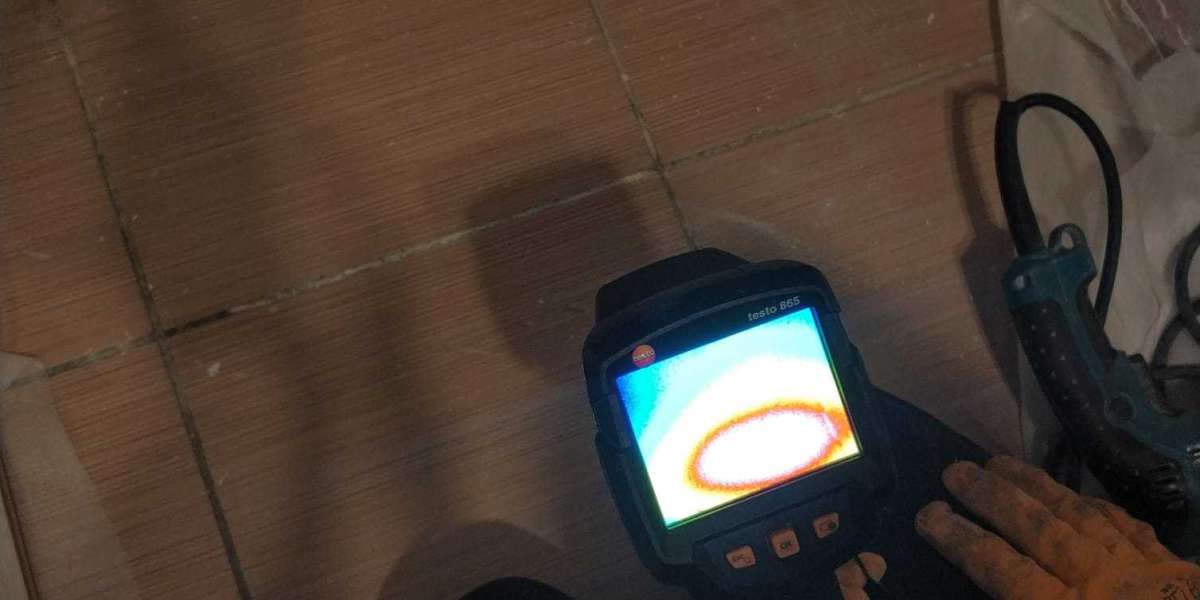Hospice and end-of-life care are dedicated to providing comfort, support, and dignity to individuals in their final stages of life. While the focus is primarily on patient well-being, it's crucial not to overlook the management of biomedical waste generated in these healthcare settings. The role of efficient biomedical waste services in hospice and end-of-life care is often underappreciated, yet it plays a vital role in ensuring the safety and dignity of patients, healthcare staff, and the environment.
Understanding Biomedical Waste in Hospice and End-of-Life Care
In hospice and end-of-life care, biomedical waste includes a range of materials, such as:
Sharps Waste: This category includes needles, syringes, lancets, and any other sharp objects used for medical procedures and patient care.
Pharmaceutical Waste: Expired or unused medications are a significant component of biomedical waste in these settings.
Infectious Waste: Materials contaminated with blood or other bodily fluids may be considered infectious waste.
Pathological Waste: Tissues and organs that are removed during post-mortem care are classified as pathological waste.
Other Hazardous Materials: Chemotherapy agents, radioactive materials, and other hazardous substances may also be encountered in end-of-life care.
The Significance of Proper Biomedical Waste Management
Infection Control: Hospice and end-of-life care facilities must maintain strict infection control measures to protect patients, healthcare staff, and visitors. Proper disposal of infectious waste is a critical component of these measures.
Worker Safety: Healthcare workers, including nurses, aides, and hospice staff, can be exposed to sharps waste and infectious materials. Biomedical waste services help ensure their safety by providing proper disposal solutions.
Environmental Impact: Biomedical waste in these settings can pose environmental risks if not managed responsibly. Contaminated waste can impact local ecosystems and water sources.
The Role of Biomedical Waste Services
Waste Collection and Segregation: Biomedical waste services play a crucial role in collecting and segregating waste. This ensures that different types of waste are properly separated, reducing risks and promoting responsible disposal.
Safe Disposal Methods: Biomedical waste companies are well-versed in the safe disposal of different types of waste. They employ methods such as incineration, autoclaving, and chemical treatment to neutralize harmful materials.
Training and Education: Biomedical waste services often provide training and education to hospice and end-of-life care facilities to ensure that staff understand how to properly handle and segregate waste.
Compliance with Regulations: Regulatory compliance is a top priority for biomedical waste services. They ensure that all waste is managed in accordance with local, state, and federal regulations.
Resource Recovery and Recycling: Some waste services focus on resource recovery and recycling to reduce the environmental impact of waste generated in hospice and end-of-life care.
Safeguarding Dignity
Beyond the practical aspects of biomedical waste management, it's crucial to recognize that the process should be carried out with the utmost respect and dignity for the deceased and their families. Healthcare staff and waste handlers should adhere to established protocols that maintain the dignity and respect due to each individual.
Conclusion
The role of biomedical waste services in hospice and end-of-life care is multifaceted, encompassing not only the safe disposal of waste but also the protection of individuals and the environment. The providers of these services ensure that biomedical waste is managed responsibly, following rigorous compliance standards and environmental best practices. Their contribution is essential in maintaining the dignity and safety of patients and healthcare workers during these sensitive end-of-life stages, ultimately supporting the mission of hospice and end-of-life care to provide comfort and peace in challenging times.








